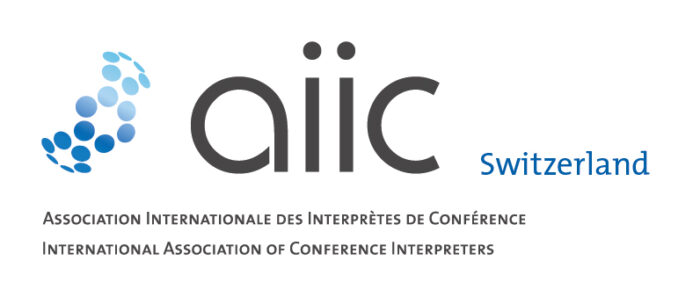About interpreting
Here is a brief guide to some key interpreter jargon.
Modes of interpreting
Simultaneous interpretation:
Spoken language is rendered in other languages in almost real time. This requires the appropriate technical equipment.
Consecutive interpretation:
Speaker and interpreter alternate.
Working languages
When planning an event we ask the following questions:
- From which languages is interpreting required?
- Into which languages is interpreting required?
The answer will determine which working languages you need.
Conference interpreters classify languages as follows:
A-language: Mother tongue
B-language: Active language. The conference interpreter works from and into this language.
C-language: Passive language. The conference interpreter only works from (not into) this language.
Team strength
The number of interpreters required for an event depends on the following factors:
- Modes of interpreting
- Working languages (active/passive)
- Length and workload of the meeting
- (Technical) nature of the meeting
- Number of breakout or parallel sessions
Simultaneous interpretation calls for high levels of concentration, which is why conference interpreters work for stints of 20 to 30 minutes, to sustain top professional quality. Simultaneous interpreters therefore always work in teams of at least two per language.
Technical equipment
 For consecutive interpretation the interpreter uses the same equipment as the speaker (e.g. microphone and public address system).
For consecutive interpretation the interpreter uses the same equipment as the speaker (e.g. microphone and public address system).
For simultaneous interpretation sound-proof booths are generally used. Simultaneous interpretation equipment also includes interpreter consoles, mixing tables, transmission system, receivers/headsets and microphones. You can find further information here.
Cost
Interpreters are usually paid a daily fee which includes all preparation time as well as the assignment itself. You can find further information on costs here.
You can find further information in our FAQs.
